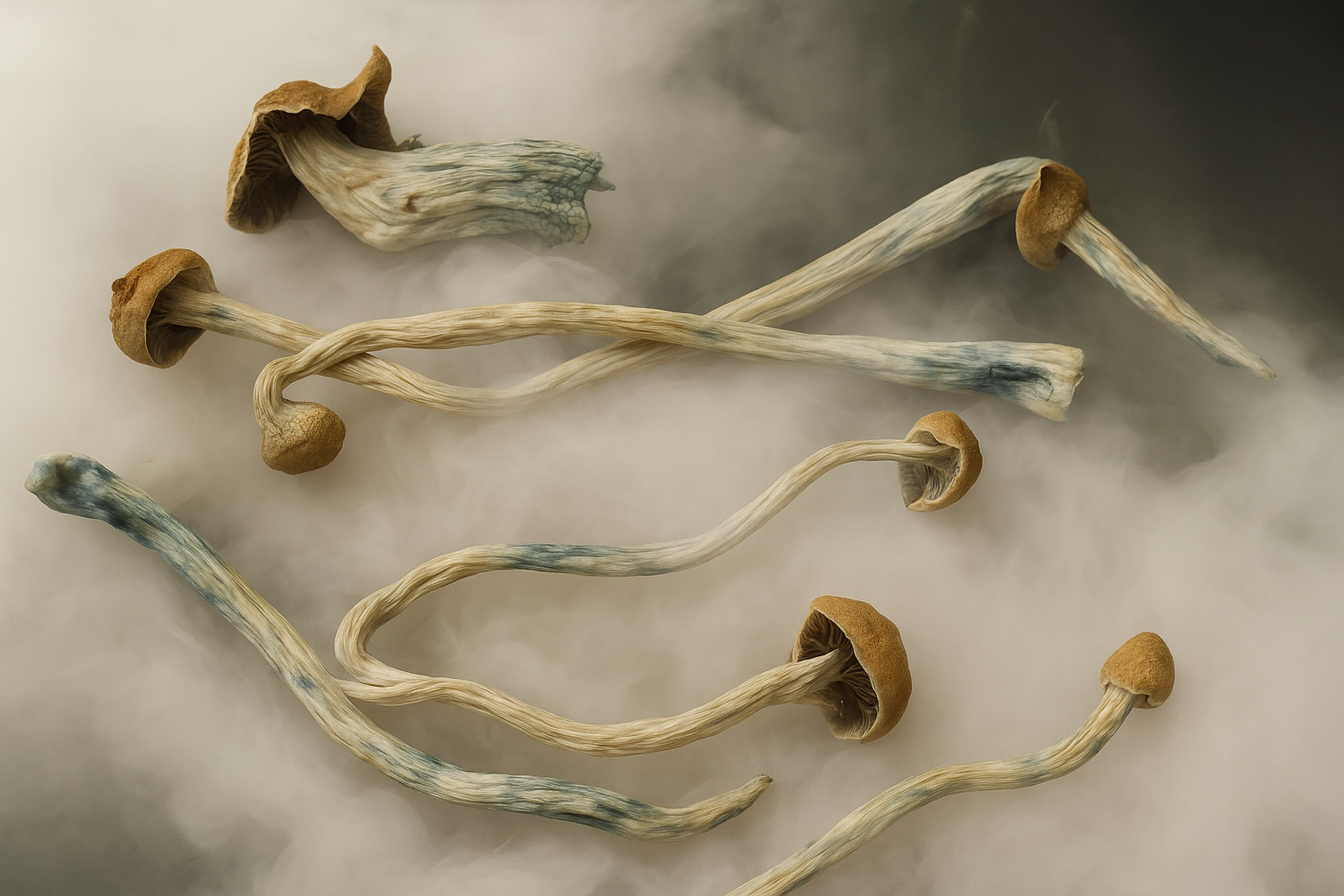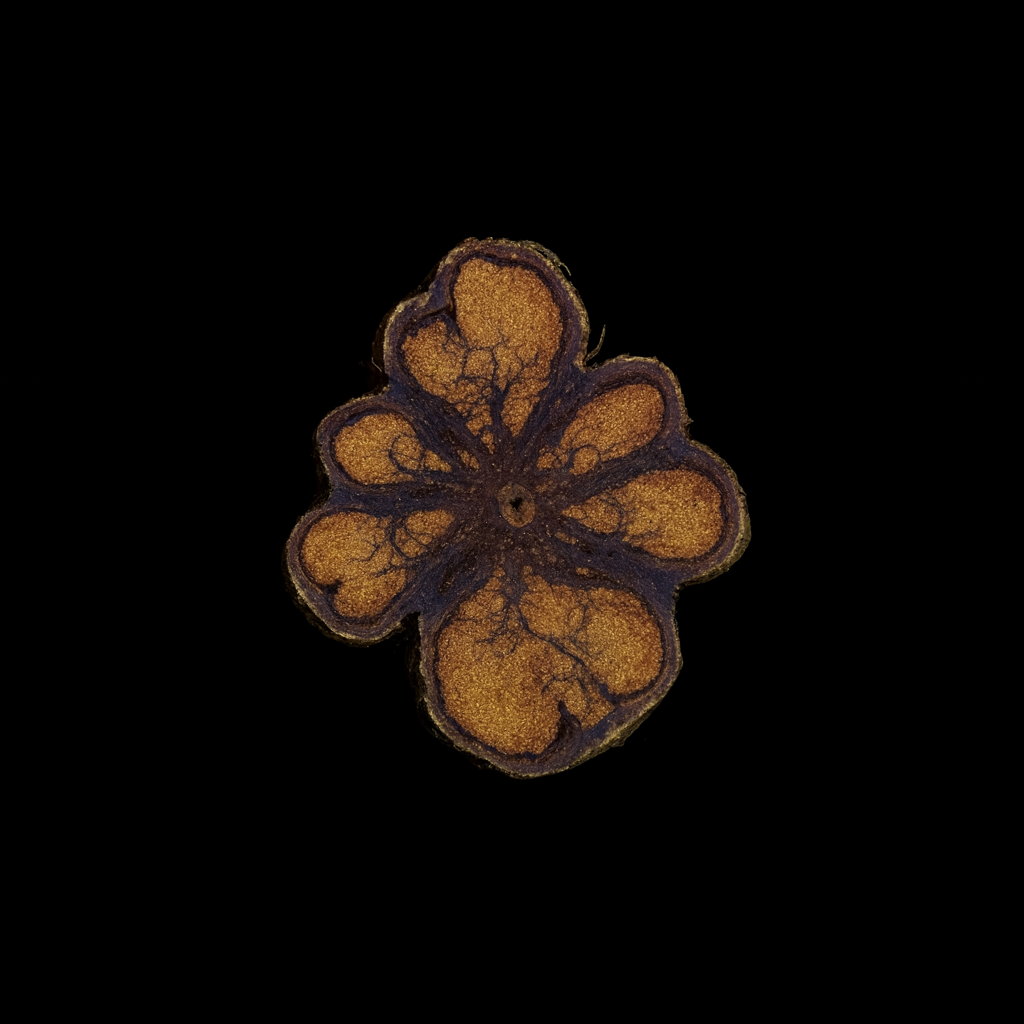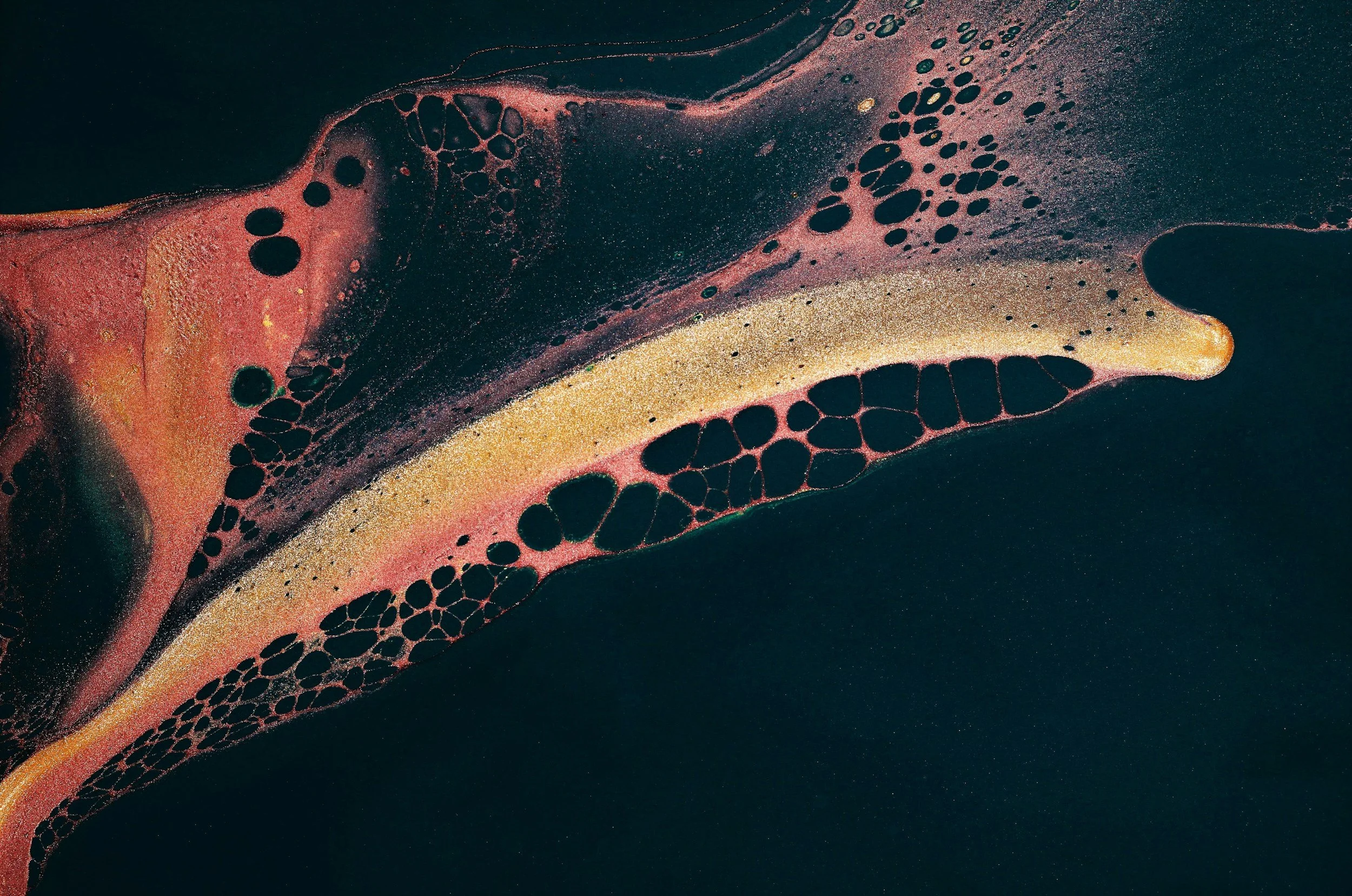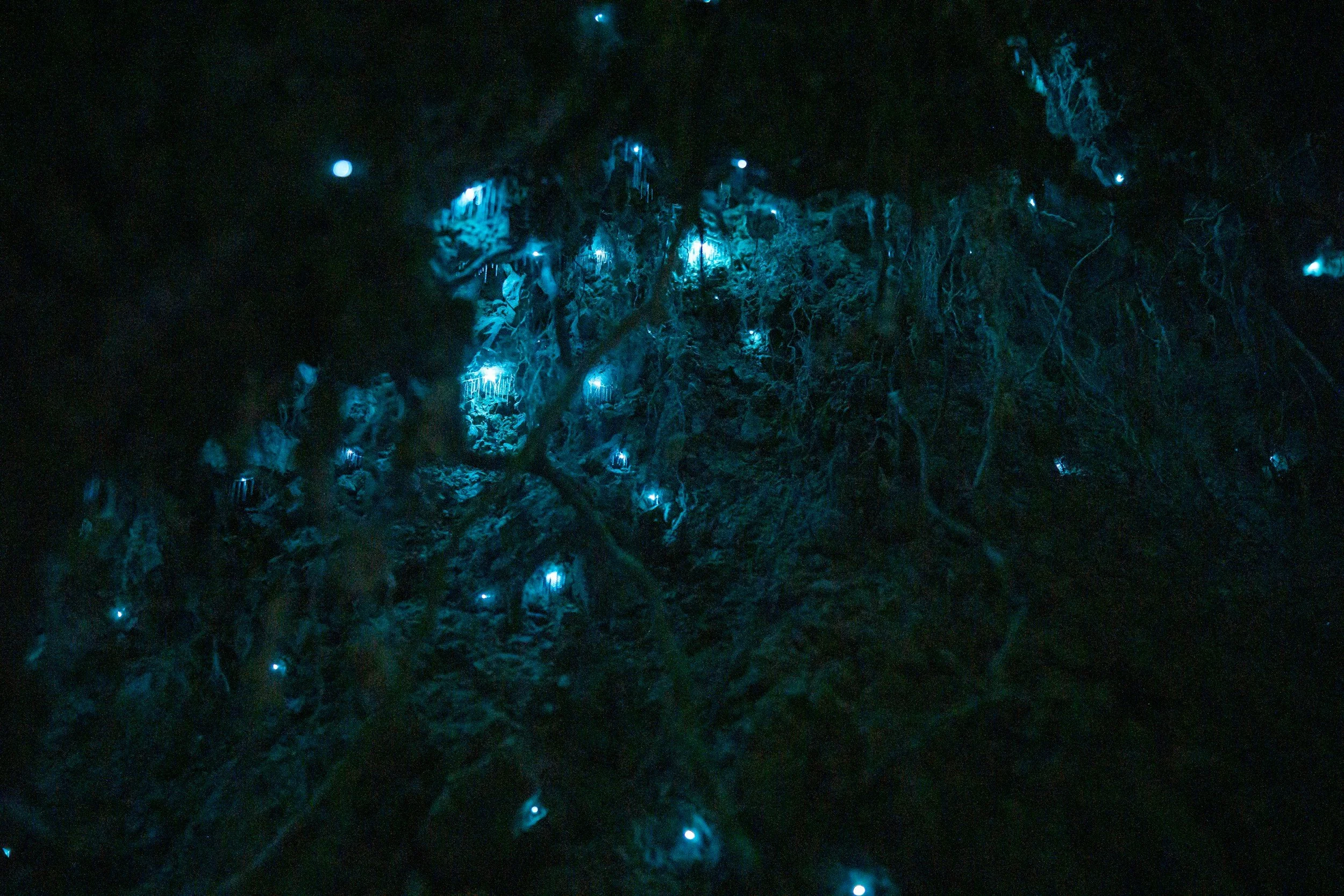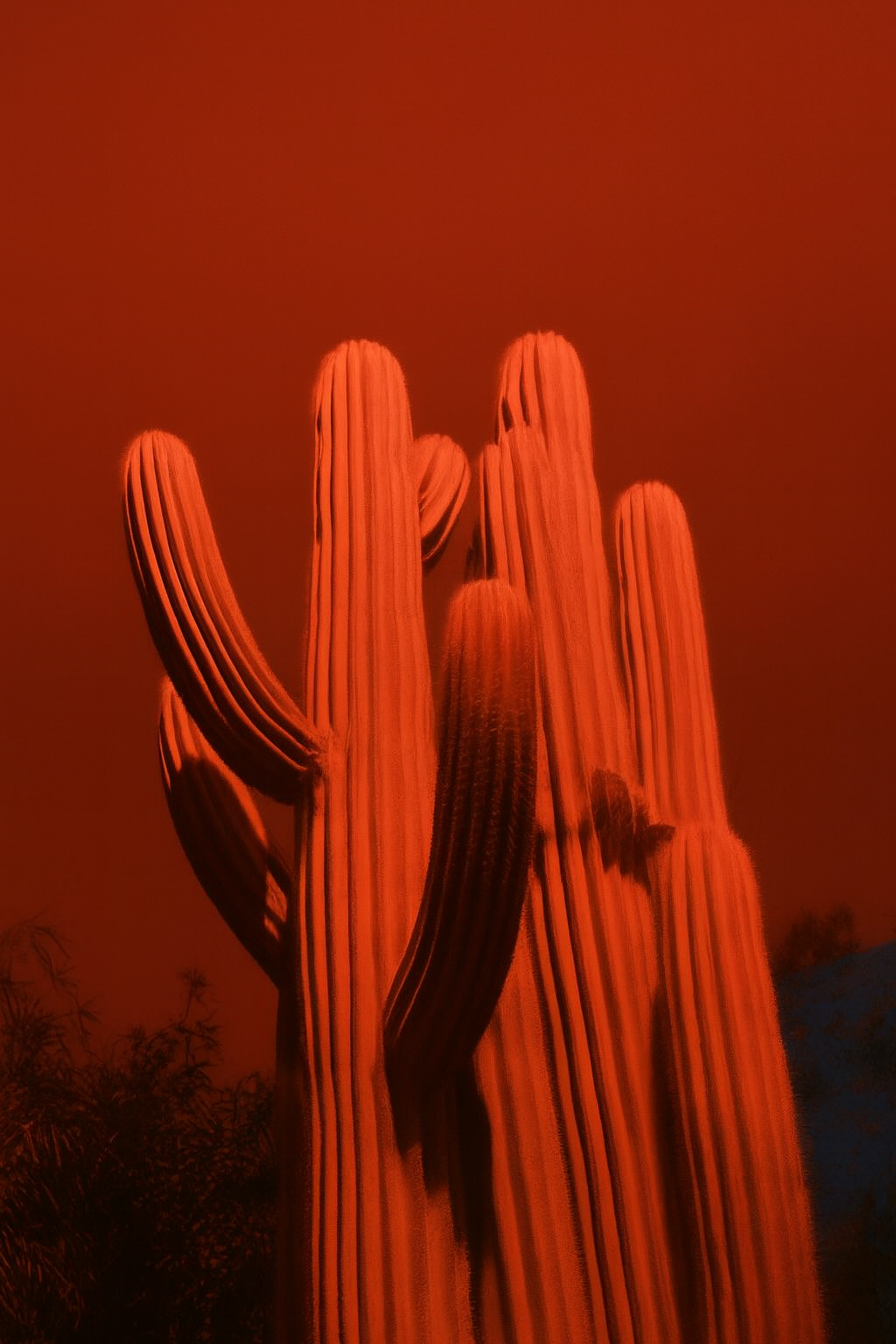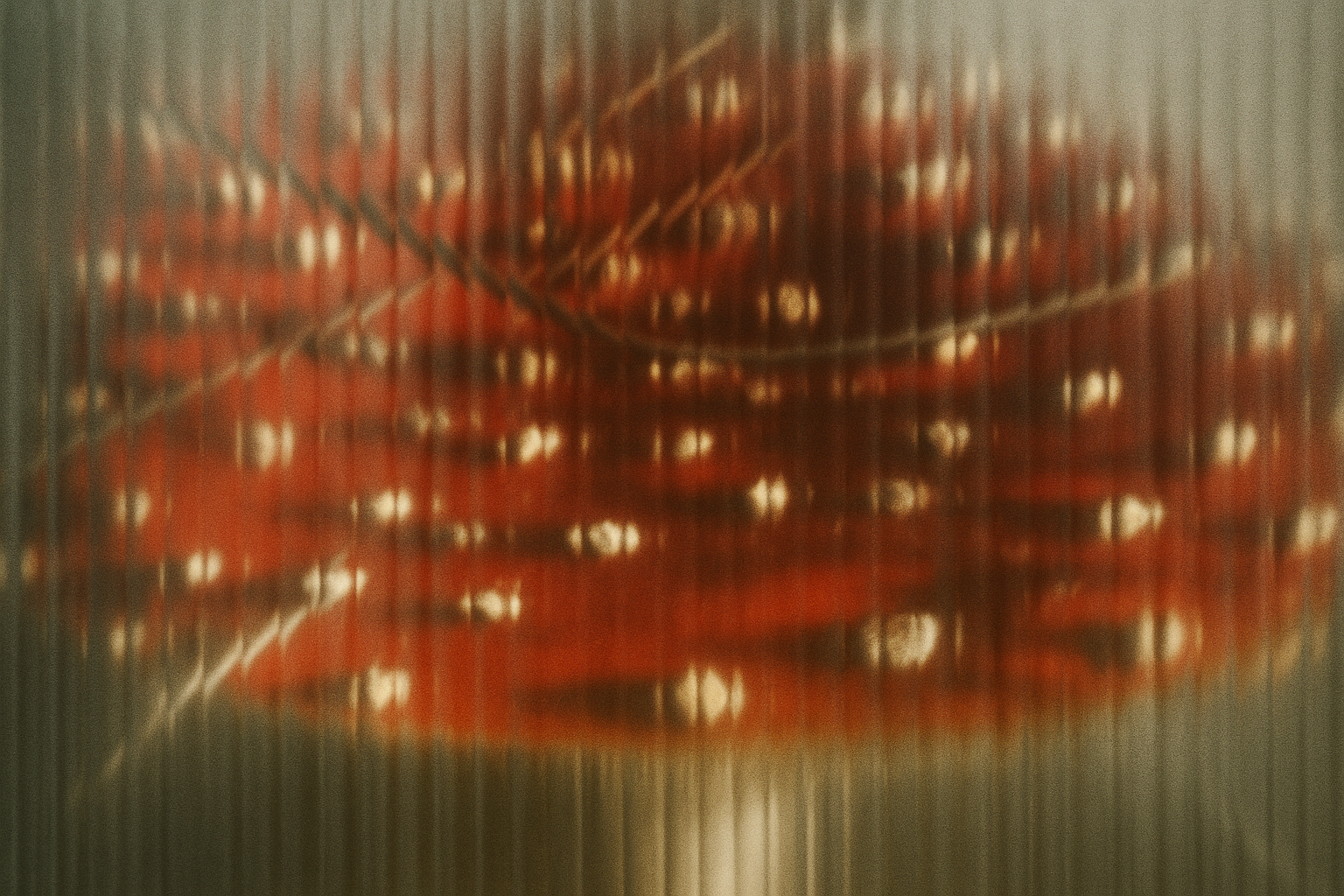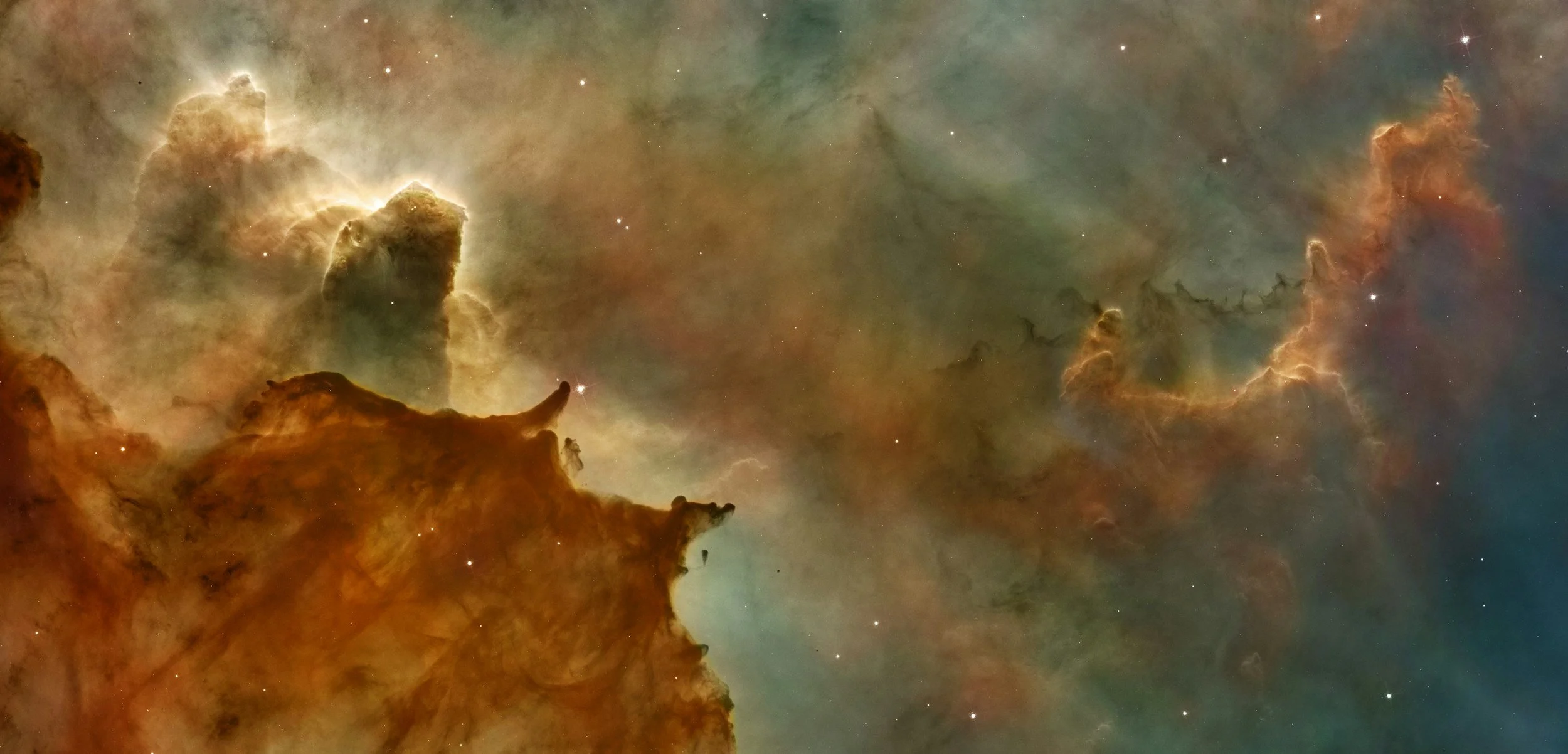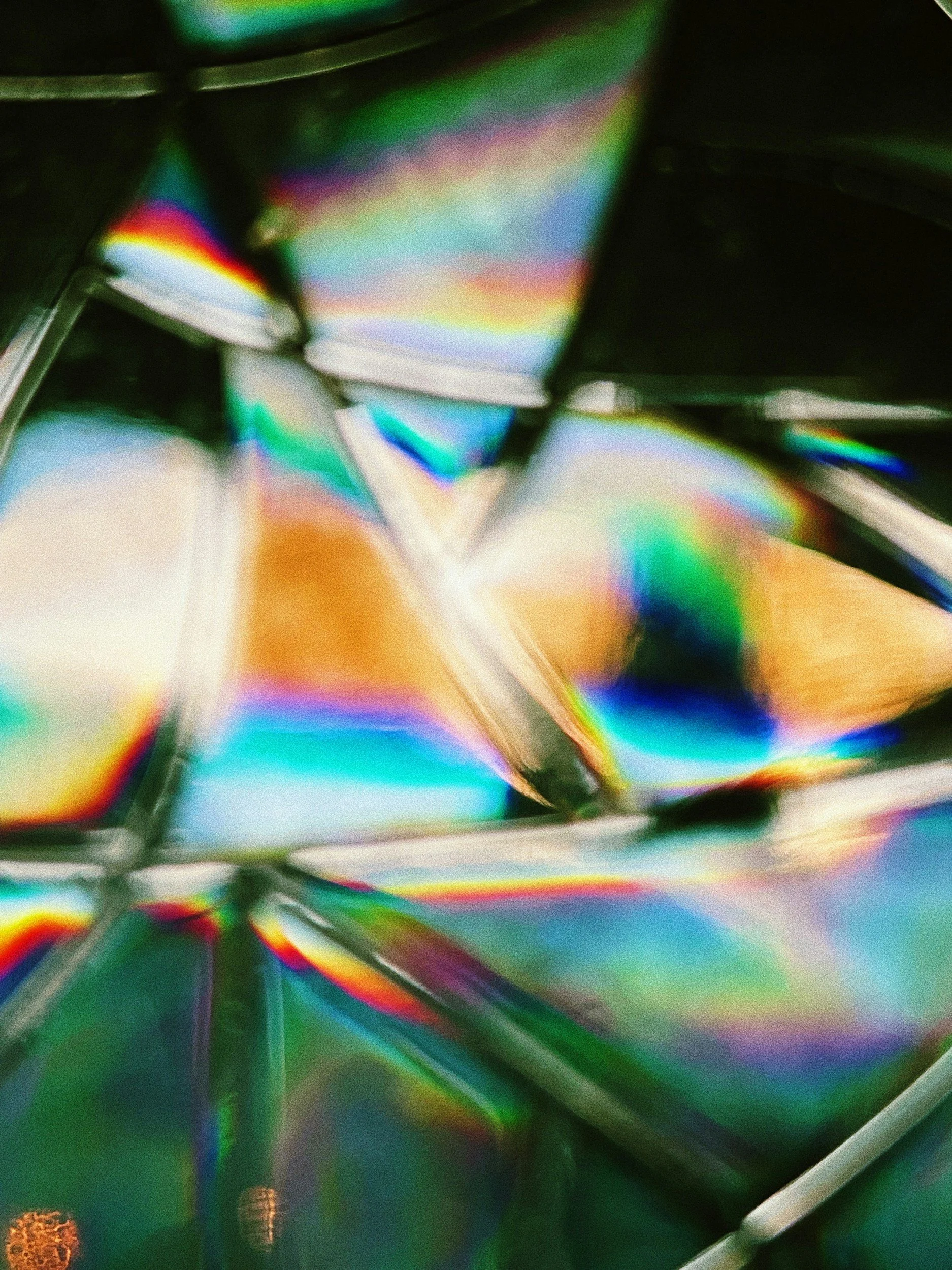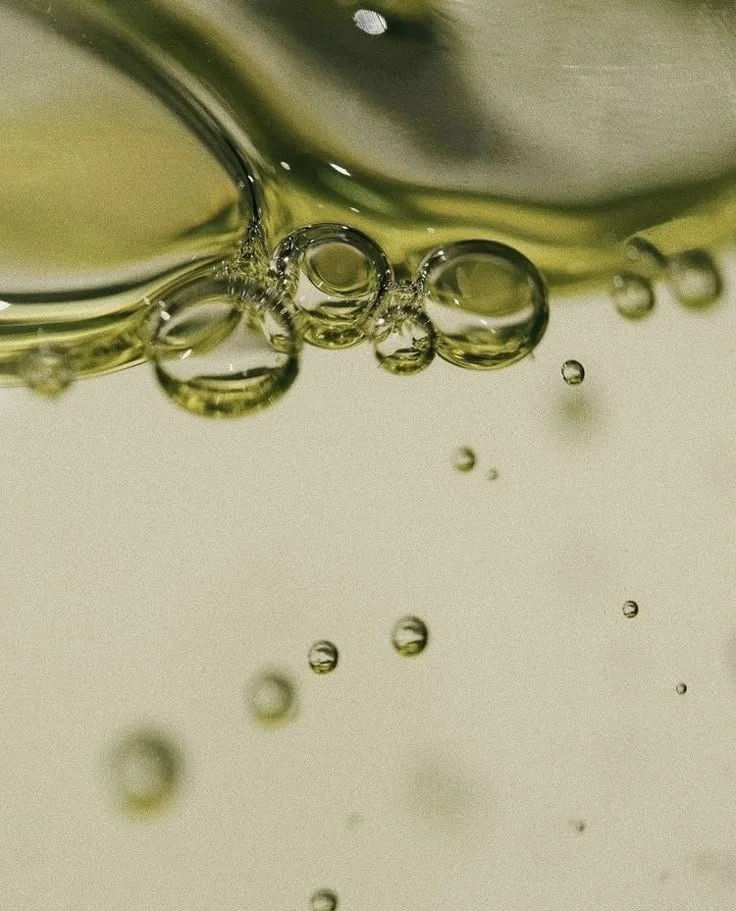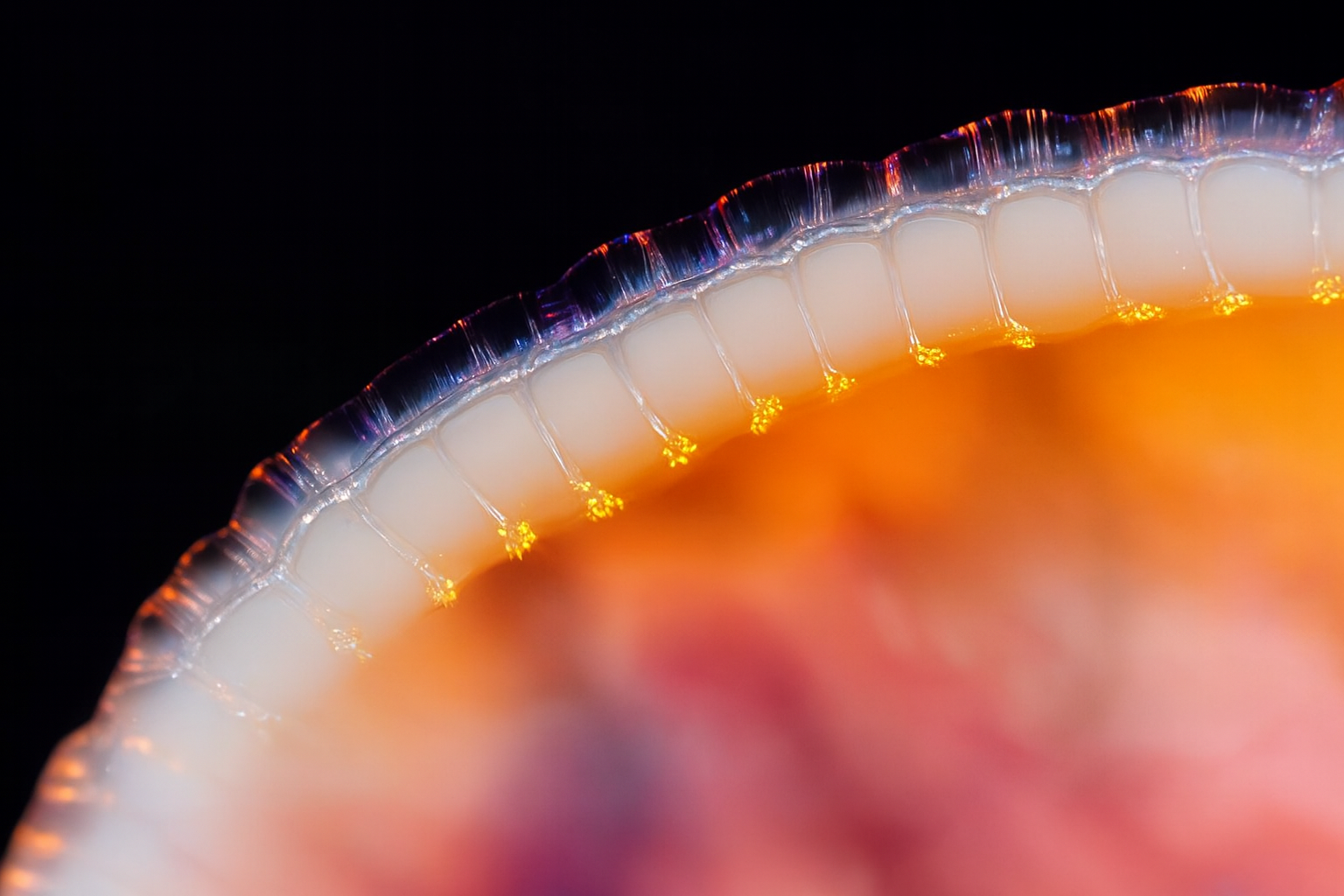This section offers an overview of selected psychedelic compounds — both classic and non-classic — that have been the focus of scientific and cultural attention. The entries are not exhaustive, but instead curated to reflect substances most relevant to contemporary discourse in design, art, and research.
Psychedelics have been shown to support health and well-being, particularly in therapeutic settings, and may open meaningful personal, philosophical, or spiritual perspectives. As a class, they are considered to have low abuse potential (they are not known to be addictive) and very low physical toxicity.
SUBSTANCES
At the same time, psychedelics are not without risks. Under their influence, individuals may act in ways that put themselves or others in danger, leading to accidents or injuries. Experiences can also sometimes trigger confusion, anxiety, or mood disturbances, and in rare cases, may contribute to episodes of psychosis that persist beyond the session.
Psychedelics Design does not promote or encourage the use of any substance. The information here is provided solely for educational purposes.
LSD
Also known as: Acid, Lucy, LSD‑25
Category: Classic psychedelic (ergoline derivative)
LSD (lysergic Acid diethylamide) is a synthetic compound derived from ergot fungus, first created by Swiss chemist Albert Hofmann in 1938. Its powerful psychoactive effects, discovered accidentally in 1943, occur at microgram-level doses. Typically taken as blotter paper or liquid, LSD’s effects begin within 20–40 minutes and last 8–12 hours, profoundly altering perception, mood, and thought.
Psilocybin
Also known as: Magic Mushrooms, Shrooms
Category: Classic psychedelic (tryptamine)
Psilocybin is a naturally occurring compound found in over 180 species of mushrooms, many of which have been used in traditional healing and spiritual practices for generations. Typically taken by eating dried or fresh mushrooms, brewing them into tea, or consuming capsules, psilocybin is most often ingested orally. Effects usually begin within 30 to 60 minutes, peaking between 1 to 3 hours, and the overall journey can last around 6 to 8 hours—though the sense of time often stretches or dissolves entirely.
MDMA
Also known as: Ecstasy, E, X, XTC, Rolls, Beans, Adam, Molly
Category: Empathogen / Entactogen (phenethylamine)
MDMA is one of the most popular recreational psychoactives. Originally synthesized in 1912, MDMA (3,4-methylenedioxymethamphetamine) is a synthetic compound that enhances emotional openness, empathy, and bonding. It’s not a classic psychedelic but is often grouped with them for its therapeutic and consciousness-expanding properties. Usually taken orally, it begins working in 30–45 minutes and lasts 3–4 hours. MDMA triggers a surge of serotonin, along with dopamine and norepinephrine, affecting mood, emotion, and memory — creating a temporary state of deep connection and insight.
Ayahuasca
Also known as: Yagé, Daime, The Vine, Waska
Category: Psychedelic brew (DMT + MAOIs)
Ayahuasca is a traditional Amazonian brew made by combining the Banisteriopsis caapi vine with DMT-containing plants like Psychotria viridis. The vine contains MAOIs, which allow orally consumed DMT to become psychoactive by preventing its breakdown in the gut. The effects typically begin within 30 minutes and last around four hours, often involving vivid visions, emotional release, and deep introspection. Used for centuries in Indigenous spiritual and healing ceremonies, ayahuasca’s effects align with classic psychedelics but carry a distinctly visionary and somatic tone.
DMT
Also known as: N,N-Dimethyltryptamine, Spirit Molecule, Dimitri, Elf Spice
Category: Classic psychedelic (tryptamine)
Overview
DMT (N,N-dimethyltryptamine) is a powerful, fast-acting psychedelic naturally found in plants, animals, and the human brain. Though its biological function in humans is still unclear, research suggests it may play a role in dream states or altered consciousness. When inhaled or injected, DMT rapidly crosses the blood-brain barrier, inducing intensely visual and immersive experiences within seconds. These states often involve complex imagery, emotional depth, and a sense of entering non-ordinary realms. The effects are brief—typically lasting 20 to 30 minutes—but profoundly impactful.
5-MeO-DMT & Bufo Alvarius (Toad)
Also known as: The God Molecule, “The Toad” (from Bufo alvarius), synthetic 5-MeO
Category: Tryptamine (ultra-potent entheogen)
5-MeO-DMT is a potent, fast-acting psychedelic often described as a “cousin” to DMT—but with a profoundly different character. Rather than vivid visuals, it tends to induce non-dual, ego-dissolving states that are energetic, existential, and sometimes overwhelming.
Mescaline, Peyote & San Pedro
Also known as: Mescalito, The Divine Cactus, Huachuma, The Grandfather
Category: Phenethylamine (classic psychedelic)
Mescaline is a naturally occurring psychedelic compound found in several cacti species, most notably Peyote (Lophophora williamsii) and San Pedro (Echinopsis pachanoi). Unlike tryptamines like psilocybin or DMT, mescaline’s structure and effects belong to the phenethylamine class — offering a gentler, heart-centered, and often visionary experience marked by vivid visuals, emotional openness, and philosophical introspection.
Peyote has been used ceremonially for thousands of years by Indigenous peoples in North America. San Pedro, native to the Andes, is considered a sacred teacher plant in Andean cosmologies. Despite sharing mescaline as a primary compound, these plants hold distinct cultural identities, preparation rituals, and ceremonial lineages.
Mescaline is typically consumed as a brewed tea, raw slices of cactus, or dried powder. Its effects are long-lasting, often spanning 8–12 hours, and deeply tied to setting, intention, and physical comfort.
Ibogaine
Also known as: Iboga (plant), “root bark,” Tabernanthe iboga
Category: Atypical psychedelic / dissociative / oneirogen (dreamlike)
A long-acting psychoactive alkaloid extracted from the root bark of Tabernanthe iboga, a shrub native to Central and West Africa. Traditionally used in Bwiti spiritual practices and initiation rites, it has gained modern recognition for its potential to interrupt opioid dependence and other severe addictions. Ibogaine is pharmacologically complex, interacting with multiple neurotransmitter systems — including serotonin, dopamine, glutamate, acetylcholine, and opioid receptors — though its exact mechanisms are still not fully understood. Effects typically begin within 30 minutes to 3 hours after ingestion and can last 18 to 36 hours.
Amanita Muscaria
Also known as: Fly Agaric, Soma, Panther Cap (related species)
Category: Deliriant / Oneirogen / GABAergic psychoactive (not a classic psychedelic)
Amanita muscaria, or fly agaric, is a striking red-capped mushroom with white spots, rooted in folklore and traditional use as a sedative. Unlike psilocybin species, it contains muscimol and ibotenic acid, which act on GABA and glutamate receptors, producing dreamlike, dissociative, or euphoric states. Effects may include dizziness, heightened sensory perception, confusion, and visual distortions. Though rarely fatal, the mushroom demands deep caution and cultural respect. Its mythic image often belies its complex and disorienting nature.
Ketamin
Also known as: K, Special K, Kit-Kat, Vitamin K
Category: Dissociative anesthetic with psychedelic properties
Ketamine is a synthetic dissociative originally developed in the 1960s as a medical anesthetic. Today, it's used in both emergency medicine and off-label mental health treatments, including depression and chronic pain. Unlike classic psychedelics, ketamine works primarily on glutamate pathways (via NMDA receptor antagonism), influencing mood and perception. It’s administered via IV, injection, lozenge, or nasal spray, and at sub-anesthetic doses, it produces a dreamlike, out-of-body experience with psychedelic qualities. At higher doses, effects deepen into dissociation and ego disruption.
2C-B
Also known as: Nexus, Bees, Bromo
Category: Synthetic psychedelic (phenethylamine)
2C-B (4-bromo-2,5-dimethoxyphenethylamine) is a semi-synthetic psychedelic compound first synthesized by chemist Alexander Shulgin in 1974. Known for its hybrid nature, it bridges the gap between empathogens (like MDMA) and classic psychedelics (like LSD or mescaline), offering a unique mix of emotional openness, sensory enhancement, and visual distortion—often without overwhelming ego loss or intense introspection. Users commonly describe it as both playful and insightful, with a distinctly sensual or social edge.
Salvia Divinorum
Also known as: Salvia, Diviner’s Sage, Maria Pastora, Seer's Sage, yerba de la pastora, Magic Mint, Purple Sticky, Diviner’s Sage, Sally-D
Category: Dissociative hallucinogen (Salvinorin A)
Salvia divinorum is a perennial sage native to Oaxaca, Mexico. Unlike classic psychedelics that act on serotonin receptors, salvia’s effects are mediated by salvinorin A, a potent and selective kappa-opioid receptor agonist—making it neurochemically and experientially distinct from LSD, psilocybin, or DMT.
It is a species of plant in the sage genus Salvia, known for its transient psychoactive properties when its leaves, or extracts made from the leaves, are administered by smoking, chewing, or drinking (as a tea). Users also drop a small amount of salvia-containing tincture under the tongue.
Kanna
Also known as: Sceletium tortuosum, Kougoed
Category: Serotonergic empathogen / Mood-altering plant (not a classic psychedelic)
Kanna (Sceletium tortuosum) is a succulent plant native to South Africa, traditionally used to elevate mood, ease tension, and support social bonding. It contains alkaloids like mesembrine that act primarily as serotonin reuptake inhibitors (SSRIs) and PDE4 inhibitors, modulating mood and cognition. Kanna is psychoactive not sychedelic, meaning it “affects the mind, mood, consciousness, and emotions, and passes your blood-brain barrier. While both have an effect on your brain and its functions, not all psychoactive substances are psychedelic.”
Depending on dose and method (chewed, snuffed, smoked, or taken as tincture), it can be stimulating or sedating, making it a flexible tool for emotional regulation, trauma support, or mood balance. Kanna is increasingly popular in natural nootropic and psychedelic-adjacent wellness circles, and is sometimes microdosed or combined with breathwork and therapy.
Blue Lotus
Also known as: Nymphaea caerulea
Category: Ethnobotanical sedative / aphrodisiac
Blue Lotus (Nymphaea caerulea) is a psychoactive water lily native to Egypt and East Africa. Traditionally used as a natural aphrodisiac, sleep aid, and anxiety reliever, it contains the active alkaloids apomorphine and nuciferine, which interact with the dopamine and serotonin systems, producing subtle mood-lifting and calming effects. Its use spans millennia, particularly in spiritual and sensual contexts.
LSA
Also known as: Ergine, d-lysergic acid amide, Hawaiian Baby Woodrose, Morning Glory
Category: Naturally occurring psychedelic (ergoline alkaloid)
LSA (lysergic acid amide), also called ergine, is a naturally occurring psychedelic from the ergoline alkaloid family that is chemically related to LSD but is substantially less potent. It is found primarily in the seeds of plants such as Ipomoea tricolor (morning glory), Ipomoea corymbosa (ololiuqui), and Argyreia nervosa (Hawaiian baby woodrose). LSA shares structural similarities with LSD, though it typically induces more sedating, body-heavy, and sometimes nauseating effects, contrasting with LSD's sharp, clear psychedelic profile. Its effects often feel more grounded and introspective with a dreamy quality.


